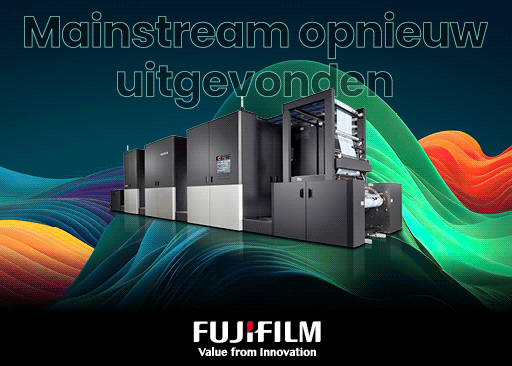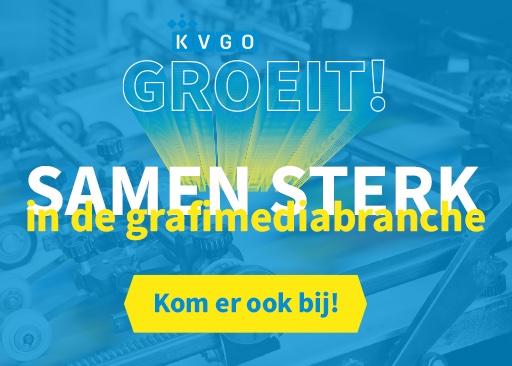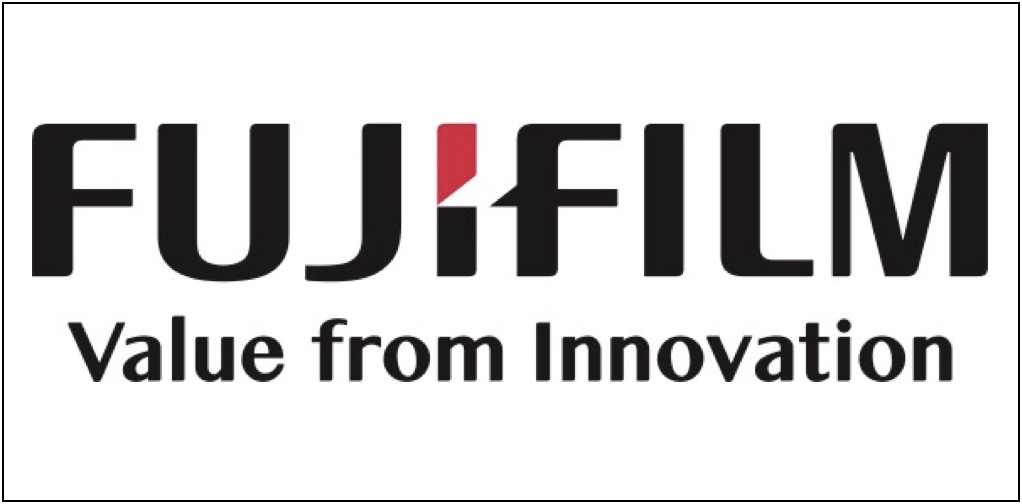FESPA Column: The future of wide format printing
For the occasion of their 10th anniversary FESPA published their vision for the future of wide format printing. According to Roz McGuinness, Divisional Director FESPA this future is bright. Thanks to technological innovations wide format digital printers are suitable for more and more applications and for any volume.
Read about FESPA´s vision in the editorial below.
What’s next for wide format digital print?
 By-lined to Roz McGuinness, Divisional Director, FESPA
By-lined to Roz McGuinness, Divisional Director, FESPA
As we celebrated the 10th anniversary of FESPA Digital in Amsterdam recently, it was clear that the growth in digital wide format printing we anticipated when we set up the show has indeed turned out to be explosive, enabling new applications and creating opportunities. However, with digital print still accounting for less than 20% of the overall global print market today, the scope for further growth is enormous.
Certainly, while walking around the show floor at what was our largest ever digital event, it was clear that when it comes to opening up new markets, we’ve only seen the beginning of what wide format digital print can do. Visitors and exhibitors alike had stories to tell about how they’re developing new applications and business models that have the short-run, print-on-demand and variability capabilities of digital print at their core.
Print your world
Whether you were looking at wallpaper printed with photography, intricately patterned ceramics or furniture that corrects acoustics, one theme pervaded the RAI exhibition centre throughout the four days of FESPA Digital 2016 – wide format digital print technology is no longer just for visual communication applications; it is now having a real impact in industry and in both commercial and home environments.
The boundaries between application and customer segments are blurring and wide format digital print today is integrated throughout a broad spread of different sectors. Throughout the show there were examples of manufacturers and print service providers working creatively to find new ways to use print. It’s clear that the future is one of endless possibilities.
Industrial innovation
Many of the innovative applications we saw at FESPA Digital this year could be classified as ‘industrial print’. From a bamboo-effect bicycle and customised clothing to kitchenware, paper furniture and photo-quality flooring, digital print is rapidly becoming an essential part of the manufacturing process.
It has a strong appeal for industrial applications, with its suitability for just-in-time production making it ideal both for reacting to trends in real time and managing stock levels through print-on-demand. This is one of the reasons that industrial print is tipped to be one of the big growth areas for wide format digital print over the coming decade. Projections suggest that the market will be valued at over $100 billion within the next two years, more than double its 2013 value. Certainly, the volume of specialised substrates, inks and software solutions that we saw showcased at FESPA Digital reflected industrial print’s growing importance in the market.
Reflecting design trends
Many applications that fall under the ‘industrial printing’ umbrella are growing in popularity for corporate, hospitality and home interiors, something that was clear to see from the tremendous visitor interest in Printeriors at FESPA Digital 2016. In the Printeriors Café we saw the walls of an art gallery transposed onto the floor using digital print across a variety of substrates, while photographs printed on the walls of the café gave people the chance to enjoy a ‘window’ view of the city of Amsterdam from inside the RAI.
One of the goals of Printeriors is for the wide format digital print community to build bridges with the design community. From the way that current design trends were reflected in the printed rooms throughout the show, I think that this is certainly happening. Reflecting the popular ‘rough luxe’ trend, for example, there were numerous applications in which printed effects mimicked a raw material so well that people actually felt the need to walk up and touch it, just to check it wasn’t really the marble or wood that their eyes told them it was. There were also numerous examples of the seamless gradations between colours and patterns that are achievable with digital print, while custom-printed furniture and wallpaper reflected the growing consumer demand for customisation.
Fast production of short runs
Whether you were looking at interiors, signage, textile, industrial or garment printing applications at FESPA Digital 2016, it was clear that the ability to quickly adapt to changing trends is a big driving force behind digital print’s increasing prominence. Wherever you looked, equipment manufacturers were highlighting the appeal of digital production for fast and high quality printing of short runs, enabling production of one-off items or making it possible to produce small quantities to avoid overproduction. There was also a lot of emphasis on automating workflows, something that we saw in everything from software solutions and digital cutting through to full end-to-end equipment line-ups. Both point to a growing move toward more agile business and production models.
Enabling diversification and inspiring creativity
Diversification has become something of a watchword for the wide format digital print sector and I think that this was visible at FESPA Digital this year in everything from product launches to the spectrum of different industries from which our visitors came. We saw exhibitors showcasing software solutions, substrates and inks developed for specific applications, while equipment manufacturers expanded their entry-level offerings to open doors for print businesses that have previously not been able to offer textile printing, direct-to-garment printing or thermoforming.
However, while technological innovation is one of the factors driving diversification, it’s the creativity of the wide format digital print community that turns technological innovation into real-world applications. Based on what we saw at FESPA Digital 2016, I believe that the combination of diversification and creativity will shape the future of the industry over the next ten years. I am certainly looking forward to seeing how much growth areas such as textiles and interiors have developed by the time we host our Global Expo, FESPA 2017 in Hamburg (8 – 12 May 2017) – based on current growth rates I expect that FESPA Textile and Printeriors at that event will be very exciting indeed.
De trainingen voor 2022 staan gereed. Kijk voor het volledige online aanbod van bestaande- en nieuwe trainingen op de website.
BLOKBOEK.COM EN PRINTMEDIANIEUWS: HET OPTIMALE DOELGROEP BEREIK





















